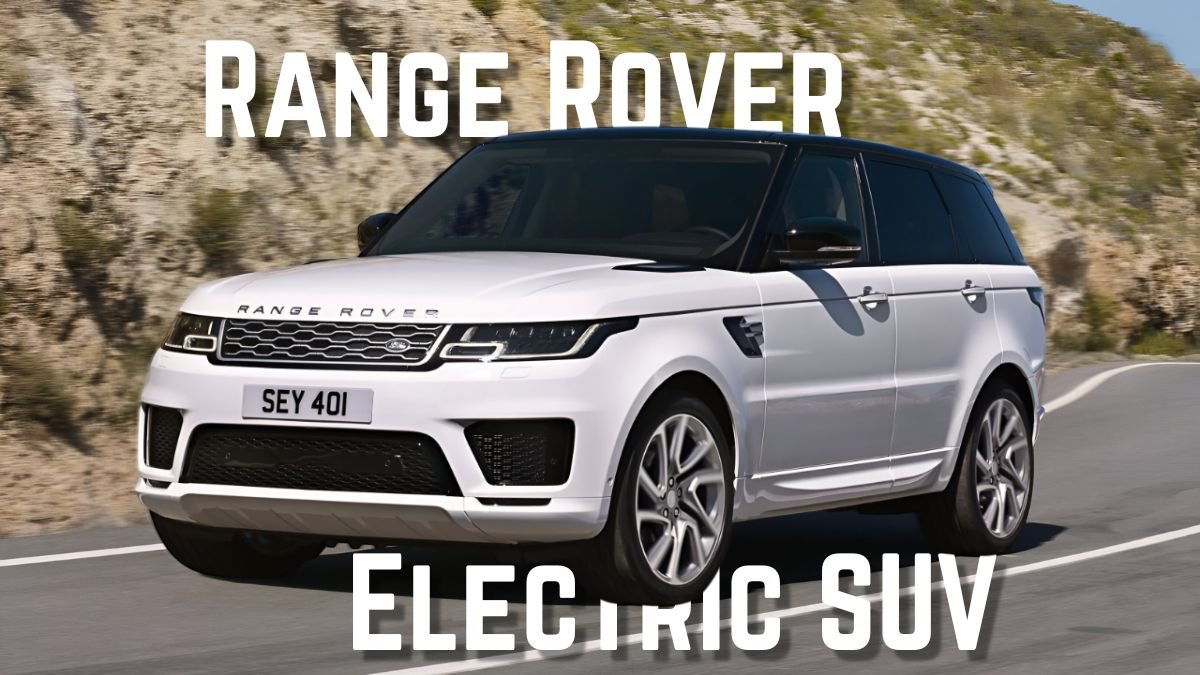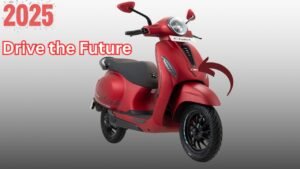Range Rover Electric SUV Spotted. While the world was stuck in the icy, silent forests of northern Europe, engineers quietly sent Range Rover’s electric car prototype for another cold-weather test. The test took place in Arjeplog, Sweden, where the car was driven thousands of miles on snow-covered roads and frozen lakes. The goal was to ensure that the car meets Range Rover’s high standards in all conditions – on road or off-road.
ThermAssist: An energy-saving warrior in the cold
The highlight of the entire test cycle was ThermAssist, a state-of-the-art thermal management system designed to maintain the car’s performance in extreme winter weather without sacrificing range. It reduces the energy used for cabin heating by up to 40% and also recycles heat to keep the battery and drivetrain warm.
This technology prevents driving from being affected when temperatures drop to -10 degrees Celsius. Not only this, the system also maintains the charging capacity of the car, so that no matter how cold the weather is outside, there is no problem in charging the car.
Comfortable interior and stable driving

Range Rover claims that the temperature inside the car remains constant, creating a warm and comfortable atmosphere inside the car – a kind of “comfort bubble” that provides relief even in the cold as Antarctica.
Even the single-pedal driving system was tested in harsh conditions, such as on slopes and uneven surfaces where grip is difficult. Instead of a traditional braking system, this technology combines regenerative braking and terrain programming, making it possible to slow down, stop, and keep the car stable without pressing the brake-even on 28-degree snowy slopes.
Air suspension and battery: Control in every direction
The twin-chamber air suspension system in the electric variant has been further enhanced to provide better body control with the electric platform’s weight and maintain Range Rover’s famous ‘floating’ ride quality.
It also features a new 800V battery system designed and manufactured in-house. This battery features double-stacked prismatic cells that provide greater energy density and reduced charge times. Its Driveline Dynamics system can shift torque to the rear axle instantly – much faster than conventional engine systems.
The system reacts in just 50 milliseconds and controls wheel slip 100 times faster than conventional engines.
Why is this test so important?
Whenever a vehicle carries the name of a brand like Range Rover, the customer expects performance, luxury and reliability – in all weathers, in all terrains. Therefore, it was necessary to test this electric model in the harshest winter conditions so that customers can be assured that the car will perform well in every condition, be it a snowy mountain or a desert.
Conclusion
The Range Rover Electric is not just another electric SUV — it is a bold step into the future that blends technology, comfort and power. This testing in the harsh cold of Arjeplog proves that this car is built to take on every challenge. Be it ThermAssist, the new 800V battery system or the unique driveline control — every technical aspect enables it to run like fire even in the snow.
FAQs
Q1. What is ThermAssist in Range Rover Electric?
A1. ThermAssist is a thermal management system that reduces cabin heating energy use by up to 40% and helps maintain battery and drivetrain temperature in freezing conditions.
Q2. How does the 800V battery benefit the Range Rover Electric?
A2. The 800V battery offers higher energy density, faster charging, and improved overall performance.
Q3. Can Range Rover Electric charge in freezing temperatures?
A3. Yes, it is designed to maintain charging efficiency even in sub-zero temperatures.
Q4. What makes the single-pedal driving unique in icy conditions?
A4. It combines regenerative braking with terrain control to stop and hold the vehicle without brake input, even on slippery inclines.
Q5. How fast does the driveline system respond to road conditions?
A5. It reacts in just 50 milliseconds and manages wheel slip 100 times faster than conventional engines.



